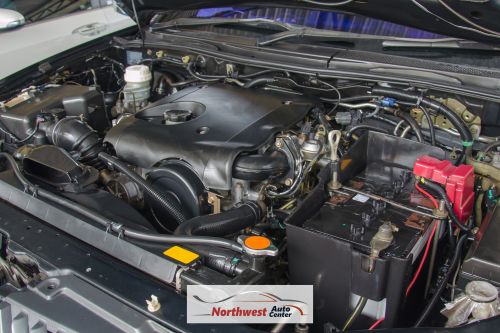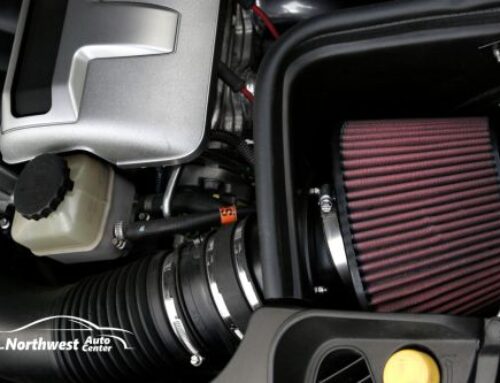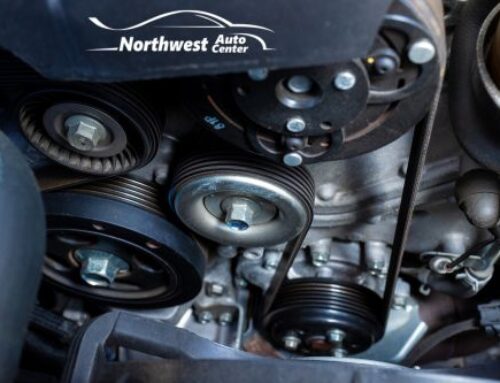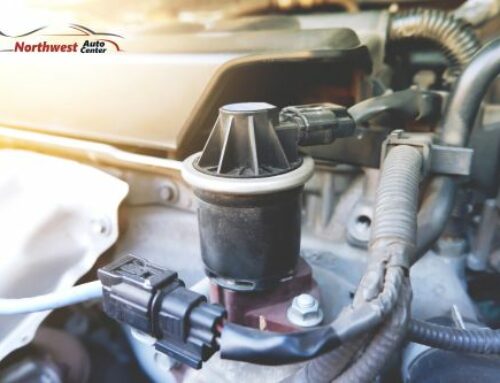
Two types reign supreme in the realm of internal combustion engines: two-stroke engines and four-stroke engines. While both serve the common purpose of converting fuel into mechanical energy, they operate on distinct principles. Each engine type has its own set of advantages and limitations. Understanding the disparities between these engine types is crucial for automotive enthusiasts, professionals, and the average Texas driver alike.
Let’s delve into the key differences that set two-stroke engines apart from their four-stroke counterparts.
The Basics of Two-Stroke Engines
As the name suggests, two-stroke engines complete the engine combustion cycle in just two piston movements—upward and downward strokes. These engines are renowned for their simplicity, comprising fewer parts than four-stroke engines, resulting in lighter weight and easier maintenance.
Even with those advantages, the two-stroke engine is no longer used for modern vehicles, with the last one released in the 1960s by Saab. You will find them in other common items, including chainsaws, snowblowers, motorcycles, and some marine engines.
Highlights of the Two-Stroke Engine
Simplicity and Compactness
Two-stroke engines feature a streamlined design, omitting components such as valves and camshafts found in their four-stroke counterparts. This simplicity reduces manufacturing costs and makes them more compact and lighter, which is ideal for machines and circumstances where space and weight are critical factors.
High Power-to-Weight Ratio
Due to their simplified design and higher power output per revolution, two-stroke engines typically exhibit a superior power-to-weight ratio compared to four-stroke engines. This attribute makes them favored choices for machines demanding high power output in a lightweight package, like a chainsaw.
Higher Emissions
While two-stroke engines excel in certain areas, they tend to produce higher emissions than four-stroke engines. This is primarily due to their combustion process, which involves a mixture of air and fuel being drawn into the combustion chamber during both the intake and compression strokes. This results in incomplete combustion and higher emissions of hydrocarbons and particulate matter.
That is one of the reasons that modern vehicles moved to the two-stroke counterpart, the four-stroke car engine.
Four-Stroke Engines
In contrast to the simplicity of two-stroke engines, four-stroke engines follow a more intricate combustion process, completing the cycle in four piston movements—intake, compression, power, and exhaust strokes. Despite their complexity, four-stroke engines offer several advantages over their two-stroke counterparts.
Advantages of Four-Stroke Engines in Vehicles
Improved Fuel Efficiency
Four-stroke engines typically achieve higher fuel efficiency compared to two-stroke engines. This is primarily attributed to their dedicated intake and exhaust strokes, allowing for better control over the fuel-air mixture and exhaust gases. As a result, a four-stroke engine consumes less fuel per unit of power produced, making it more economical in the long run.
Lower Emissions
One key advantage of the four-stroke car engine is its ability to produce lower emissions compared to two-stroke engines. By separating the intake and exhaust processes, four-stroke engines can more effectively control combustion, reducing emissions of harmful pollutants such as hydrocarbons, carbon monoxide, and nitrogen oxides.
Quieter Operation
Four-stroke engines tend to operate more quietly than their two-stroke counterparts. This is due to their smoother combustion process and dedicated intake and exhaust strokes, which help dampen noise levels. As a result, vehicles and equipment powered by a four-stroke engine offer a more comfortable and less intrusive user experience.
Four-Stroke Car Engines Trump the Old Two-Stroke Design
When it comes to driving your vehicle, the four-stroke engine reigns supreme.
While both two-stroke and four-stroke engines serve the common purpose of converting fuel into mechanical energy, they differ significantly in terms of design, operation, and performance characteristics. With their simplicity and high power-to-weight ratio, two-stroke engines excel in applications where lightweight and compact design are paramount (because who has the arm strength to carry around a four-stroke leaf-blower?) On the other hand, four-stroke engines offer superior fuel efficiency, lower emissions, and quieter operation, making them preferred choices for automotive and industrial applications.






Leave A Comment
You must be logged in to post a comment.